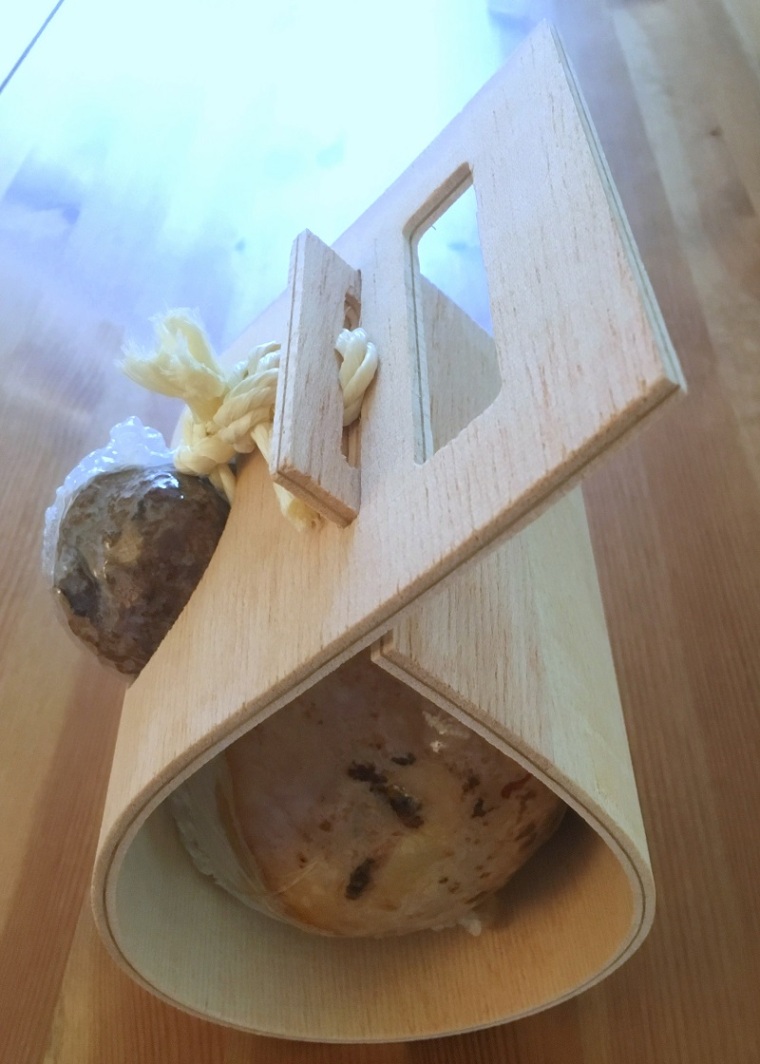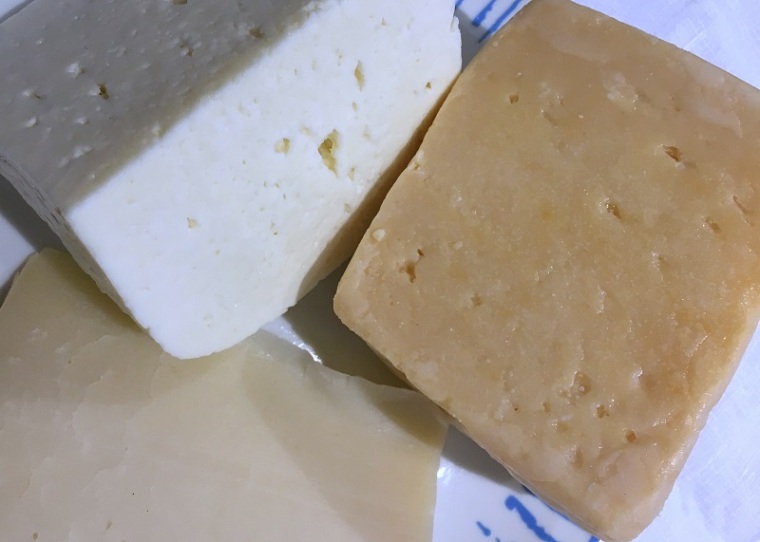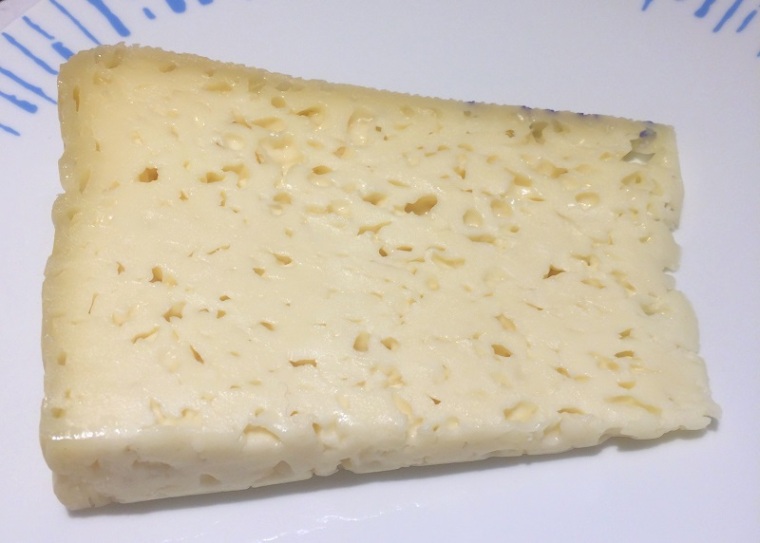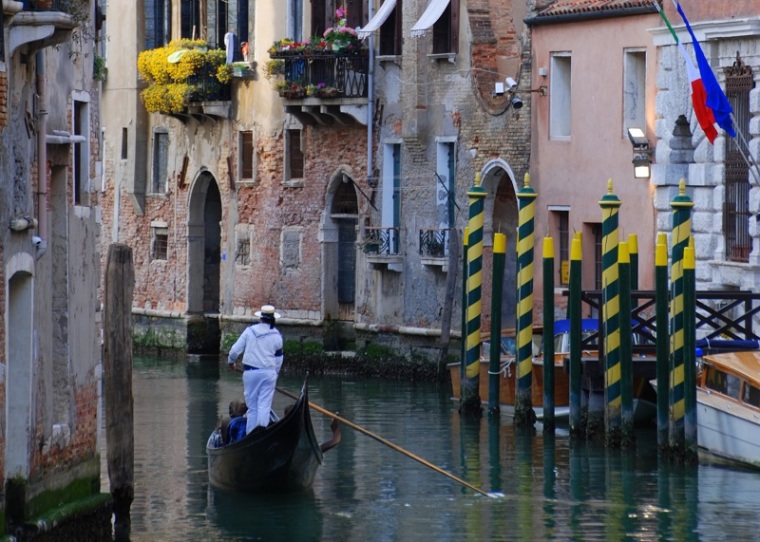
A while ago I returned to Ancona, and this time I was determined to visit the King of Cheese, the Re Formaggio, a cheese shop that was closed for the day the last time I tried to barge into the door. Even more so than on the previous visit, the city surprised me with what I am tempted to call Ancona Moments. The place is rather unassuming, with a big shipyard on its doorstep and a center that is a strange mismatch of all kinds of architectural styles and crimes against good taste, but you stumble across interesting bits and pieces on a regular basis. There is, for instance, Trajan’s Arch, built for that very same emperor who has a famous column in Rome, a market whereupon that column sits and a ruined bridge across the Danube near Drobeta-Turnu Severin in Romania all named after him. The arch is dwarfed by the cruise ships that are being built right behind it, and it stands a bit forlorn among the ramps and cranes of the shipyard. But it predates all that is being built around it by a cool 18 centuries: it was completed by 115.

Not far from the arch is the Romanesque church of Santa Maria della Piazza, with a beautifully structured façade showing a few fantastic looking animals. It never seizes to amaze me how worshippers back then thought of the Holy Trinity and the angels, but also of dragons, mermaids, chimeras and all these other creatures that can be found in the art that adorns the churches of the period; and doing so without any qualms about the false idol bit (Exodus 20:3-5).


Musing about my Ancona Moments I enjoyed an equally surprising piece of pistacchio cake in a café not far from the King of Cheese, where I picked up a few treasures. Pizza for instance. No, not what you think. Pizza (lord knows why, I never got a good explanation) in Ancona is a sort of huge muffin, made of fluffy if somewhat greasy bread, with big chunks of cheese baked in. A very tasty treat, although I think it ought to be eaten family style, as in: it takes a lot of people to finish one of them, because they are huge.
As always when I am in Italy I managed to buy a piece of cheese that came with an explanation I did not at all understand, and so I can report it was a bit dry and crumbly, but in a good way, and had a bit of a blue cheese flavor, but that all, folks. I bought a rather colossal chunk of Trentingrana Malga Rolle, a super hard cheese that you need to cut with a Tagliagrana, a cheese pick in essence, that is deployed to aggressively hack away at a big wheel of immutable cheese in the hope of breaking it down to more practical pieces. The cheese comes from a farm at a mountain pass in the shadow of the Pala di San Martino, at 9,800-feet peak in the Dolomites. It’s in the region of Trentino, and the cows that give the milk for it get to munch on a fine selection of alpine herbs, which gives the cheese that certain something extra. Trentingrana basically means had cheese from the region around the city of Trento; weeks later, we’re still grating it our pasta.

The piece de resistance of my cheese purchase was of course a raw milk bit of Pecorino di Fossa. There was nothing wrong with the first bit I bought here a while ago, but this cheese was something else. From the amber color to the slightly rank odor and from the slightly oily touch to the sticky texture to the intense flavor, this was a cheese that had gone through an awful lot before ending up on the shelves of the King of Cheese. The church of Santa Maria della Piazza, pistacchio cake and Marche-style pizza notwithstanding, it was the Pecorino di Fossa that made my return to Ancona a triumph worthy of that grand imperial roman arch.



































